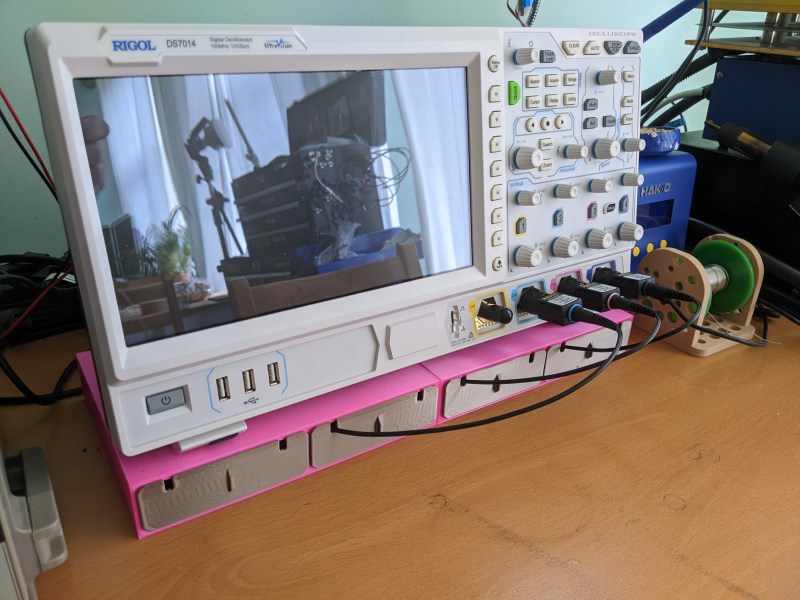Clever Scope Probe Drawers Keep Your Workbench Tidy

Probes are an essential component of a good oscilloscope system, but they have the nasty habit of cluttering up your workbench. If you have a four-channel scope, it’s not just …read more Continue reading Clever Scope Probe Drawers Keep Your Workbench Tidy